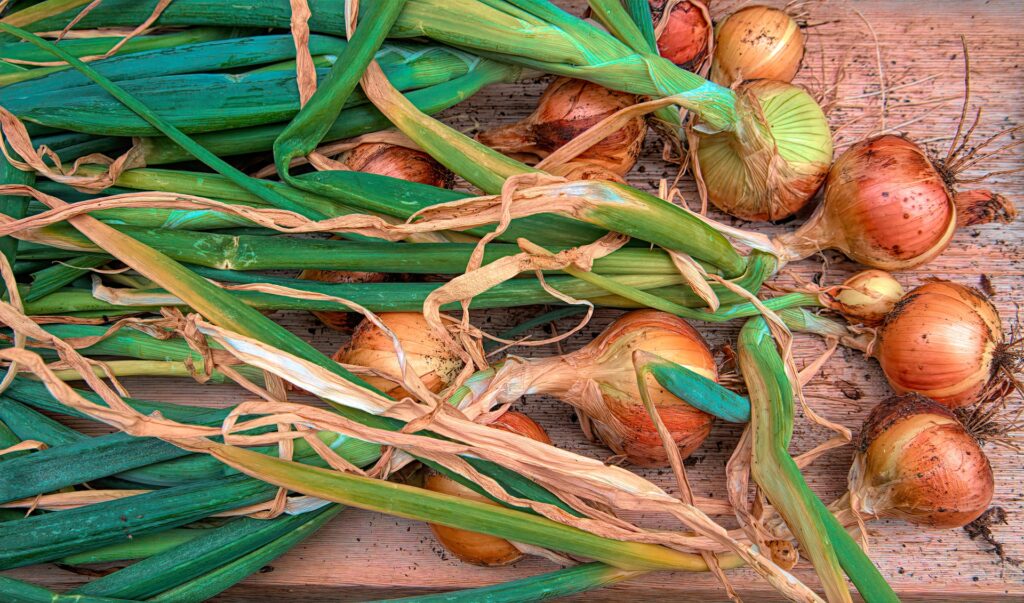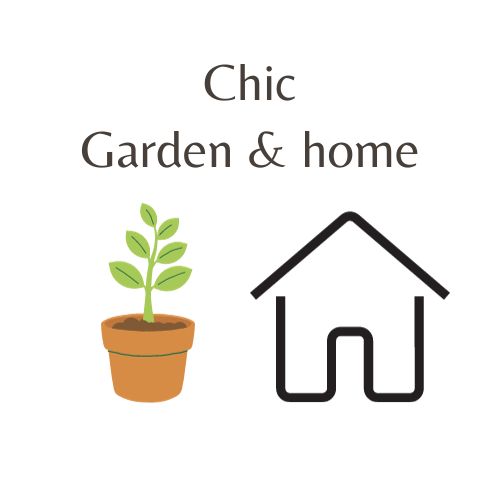Onions are a versatile and essential ingredient in many recipes, and they are relatively easy to grow at home. Whether you have a large garden or just a small space for containers, you can enjoy the satisfaction of growing your own onions. In this comprehensive guide, we’ll walk you through the process of planting, growing, and harvesting onions.
Choosing Onion Varieties

Before you start planting onions, it’s important to select the right variety for your needs. There are two main types of onions: short-day and long-day. Short-day onions are best for southern regions with milder winters, while long-day onions are better suited to northern regions with longer daylight hours in summer. Common onion varieties include:
Short-Day Onions
Examples include Texas Sweet, Red Creole, and Vidalia. These are typically sweeter and milder.
Long-Day Onions
Varieties like Walla Walla, Yellow Sweet Spanish, and Ailsa Craig are suitable for regions with longer day lengths.
Intermediate-Day Onions
If you live in a region with moderate day lengths, consider varieties like Candy and Copra.
Planting Onions

Location
Choose a sunny spot for your onion bed or container. Onions require at least 6-8 hours of direct sunlight each day.
Soil
Onions prefer well-draining soil with a pH level between 6.0 and 7.0. Prepare the soil by adding organic matter, such as compost, to improve its fertility and structure.
Planting Time
In most regions, onions can be planted in the fall or early spring. Space onion sets (small bulbs) or seeds according to the recommendations on the seed packet, typically around 4-6 inches apart in rows.
Planting Depth
Plant onion sets about 1 inch deep, and seeds at a depth of ¼ inch. Water thoroughly after planting.
Mulch
Apply a layer of mulch to help retain moisture, suppress weeds, and regulate soil temperature.
Caring for Onions

Watering
Onions need consistent moisture, especially during the early growth stages. Keep the soil evenly moist but avoid overwatering, as they dislike standing water.
Fertilization
Onions benefit from a balanced fertilizer with a higher phosphorus content to promote bulb development. Follow the package instructions for the specific fertilizer you choose.
Thinning
If you’ve planted onions from seeds, thin the seedlings to ensure they have enough space to grow. Leave the strongest plants spaced according to the variety’s recommendations.
Weeding
Regularly remove weeds to prevent them from competing with your onions for nutrients and water.
Pests and Diseases
Keep an eye out for common onion pests like onion flies and onion thrips. Proper spacing, mulching, and maintaining good soil health can help deter these pests. If necessary, you can use organic pest control methods.
Harvesting Onions

Onions are ready for harvest when the tops begin to yellow and fall over. This typically occurs in late summer or early fall, depending on your region and the onion variety. Here’s how to harvest onions
- Gently lift the onions from the soil, avoiding damage to the bulbs.
- Lay the harvested onions in a warm, dry place with good air circulation to cure. This process helps the onions develop a papery skin and extend their storage life.
- Once cured, trim the tops and roots, leaving about an inch of each.
- Store your onions in a cool, dry place, such as a basement or pantry, for long-term storage.



